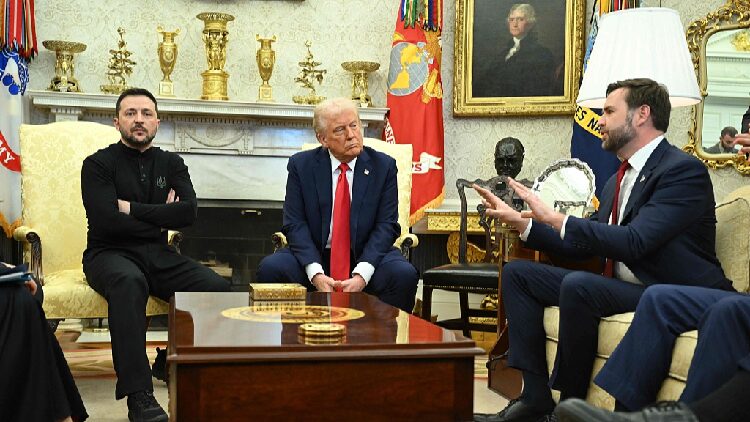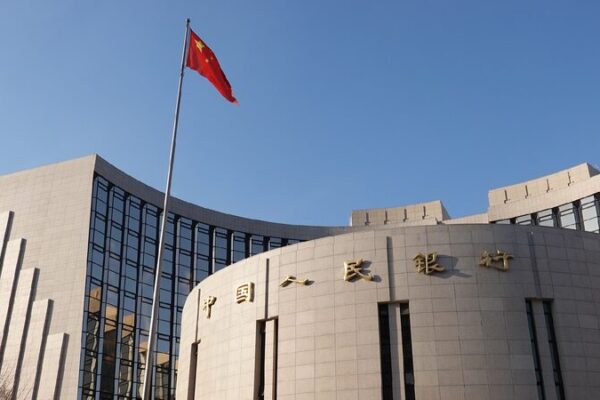The ongoing Ukraine crisis has brought to light nuanced differences between the United States and Europe regarding support for Ukraine. While both the US and European nations have shown solidarity with Ukraine, variations in approach and strategy are beginning to surface.
Different Approaches to Military Aid
The United States has been a leading provider of military assistance to Ukraine, committing substantial financial aid and advanced weaponry. European countries, while also providing support, have varied in their levels of military aid due to differing political considerations and economic capabilities.
Dr. Anna Müller, a European foreign policy expert, noted, “Some European nations are more cautious in their support due to historical ties with Russia or concerns about escalating the conflict.”
Energy Dependence Influences Stances
Europe’s reliance on Russian energy supplies has complicated its position. Countries like Germany have faced challenges balancing the need to support Ukraine with domestic energy security concerns.
“The energy crisis has put Europe in a precarious position,” said Jacques Dubois, a French energy analyst. “Reducing dependence on Russian gas is a priority, but it cannot happen overnight without impacting European economies.”
Calls for Strategic Autonomy
European leaders are increasingly advocating for greater strategic autonomy. French President Emmanuel Macron has emphasized the need for Europe to strengthen its own defense capabilities and reduce reliance on external powers.
“Europe must take control of its own destiny,” Macron stated in a recent speech. “Our security should not depend solely on the decisions of others.”
Transatlantic Relations Tested
Despite shared goals, the subtle differences in policy are testing transatlantic relations. Experts believe that continuous dialogue and cooperation are essential to maintain unity.
“The US and Europe need to navigate these differences carefully,” Dr. Müller advised. “A united front is crucial for effective support to Ukraine and for addressing broader geopolitical challenges.”
Looking Ahead
As the situation in Ukraine evolves, the dynamics between the US and Europe will continue to shape the international response. Balancing national interests with collective goals remains a complex task for all parties involved.
Reference(s):
U.S.-Europe divide on Ukraine crisis further widens transatlantic rift
cgtn.com








